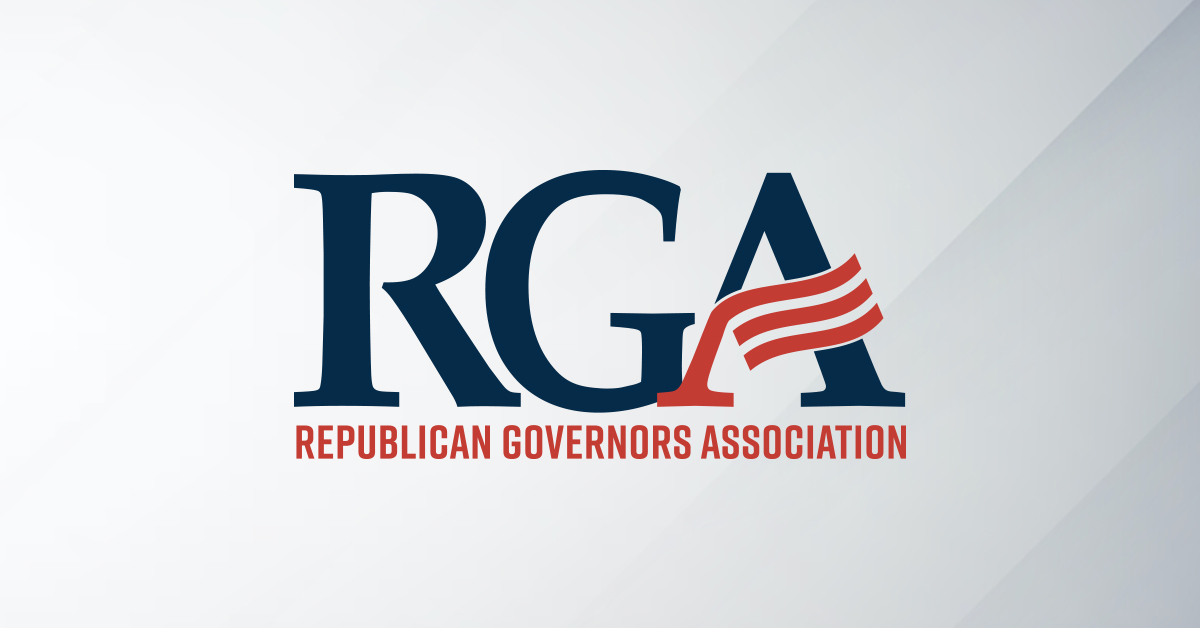
With a new poll showing Washington D.C. Bureaucrat Richard Cordray tied with former Congressman Dennis Kucinich for the Democrat gubernatorial nomination in Ohio, his campaign continues to fail to catch fire among his party’s primary voters. With nearly a month to go until Democrats choose their gubernatorial nominee, Cordray’s struggling campaign finds itself unable to build momentum as it faces an energized challenger. Here are some highlights of recent coverage:
The Cleveland Plain Dealer wrote that the results “indicate Cordray may be struggling to catch on” and that “Kucinich’s aggressive campaign schedule and progressive views may be clicking with Democratic voters:”
“Kucinich and Cordray each clock in at 21 percent, with four other candidates in the single digits and 46 percent still undecided as the May 8 primary date approaches. The poll was conducted by SurveyUSA for Cleveland 19 news and has a margin of error of 5.3 percentage points for the primary and 3.5 points for the general election. The survey was taken from March 16 and March 20.
The results indicate Cordray may be struggling to catch on after a strong start both in fundraising and endorsements from figures around the state, while the upstart Kucinich’s aggressive campaign schedule and progressive views may be clicking with Democratic voters.”
In its report, Cleveland 19 News said the poll showed a “two person race” between Cordray and Kucinich, despite Cordray’s endorsements from Elizabeth Warren and other national Democrat leaders:
National Journal’s Josh Kraushaar noted how both Democrat candidates trail the leading Republican contender, while calling Kucinich “Dennis the Menace” for Ohio Democrats:

Kyle Kondik from UVA’s Center for Politics, an authority on Ohio politics, reacted to the poll, calling it a sign that Kucinich “should worry Cordray:”

Cleveland Scene reported that the poll shows Cordray trailing Kucinich badly among younger voters, indicating a potentially worrisome enthusiasm gap with a key voter group:
“Cordray fared best among older and whiter voters. Among the 65-and-older demographic, for example, 27 percent said they’d vote for Cordray. Only 14 percent in that group preferred Kucinich …
Kucinich was preferred among younger voters, though in the the 25-39 age group, his lead was most pronounced. He fared much better among urban voters and voters of color. For black participants, 21 percent preferred Kucinich and only 10 percent preferred Cordray.”





See the latest videos from RGA
Watch our videosNEW from @GovernorKayIvey: “The CHOOSE Act is putting Alabama parents in the driver’s seat of their child’s education.
I believe it will be one of the most successful school choice programs in the country.”
https://aldailynews.com/ivey-the-choose-act-alabamas-education-savings-account-program-puts-parents-in-the-drivers-seat/
Welcome to a state led by common sense!
@iamwesmoore loses to @GovernorVA again.
What a day for Virginia! @HUDgov is relocating its headquarters to the Commonwealth, bringing over 2,700 employees to its new home in Alexandria.
Thank you @SecretaryTurner for your trust and leadership. We’re proud to welcome HUD to the best state in America to live, work, and https://t.co/DLvdgqy8hY
Follow RGA on Twitter
Follow RGA on Facebook